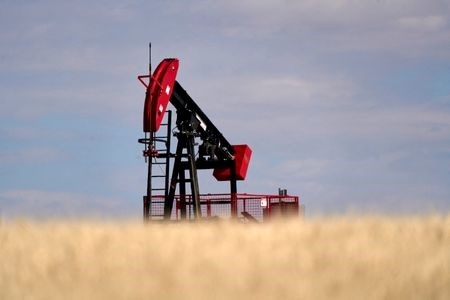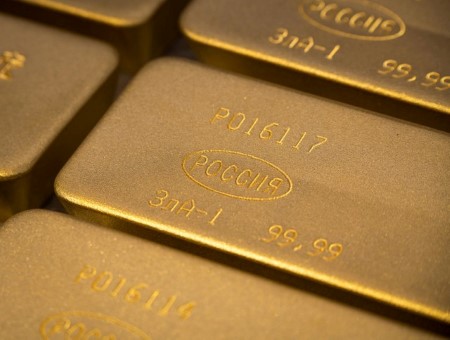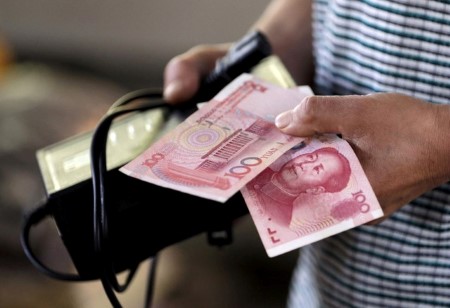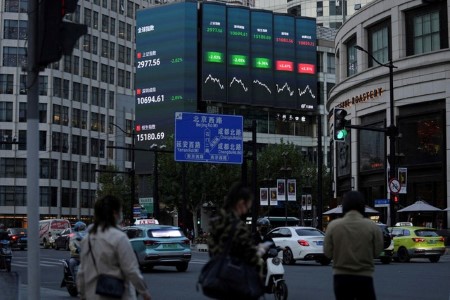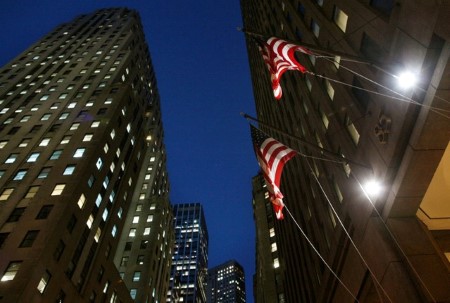HOUSTON – Oil prices slipped on Tuesday after a US government agency forecast steady US oil demand in 2025 while lifting its forecast for supply.
Declines were limited by new US sanctions on Russian oil exports to India and China.
Brent futures fell USD 1.09, or 1.35%, to settle at USD 79.92 a barrel. US West Texas Intermediate (WTI) crude finished at USD 77.50 a barrel, down USD 1.32, or 1.67%.
On Monday, prices jumped 2% after the US Treasury Department on Friday imposed sanctions on Gazprom Neft and Surgutneftegas as well as 183 vessels that transport oil as part of Russia’s so-called shadow fleet of tankers.
On Tuesday, the US Energy Information Administration said the country’s oil demand would remain steady at 20.5 million barrels per day (bpd) in 2025 and 2026, with domestic oil output rising to 13.55 million bpd, an increase from the agency’s previous forecast of 13.52 million bpd for this year.
Phil Flynn, senior analyst with Price Futures Group, said markets were anticipating the EIA short-term energy outlook to see if a predicted gain in supply would be reversed.
“They’re waiting to see if the glut EIA predicted earlier is still in the forecast,” Flynn said.
While analysts were still expecting a significant price impact on Russian oil supplies from the fresh sanctions, their effect on the physical market could be less pronounced than what the affected volumes might suggest.
ING analysts estimated the new sanctions had the potential to erase the entire 700,000-bpd surplus they had forecast for this year, but said the real impact could be lower.
“The actual reduction in flows will likely be less, as Russia and buyers find ways around these sanctions,” they said in a note.
Uncertainty about demand from major buyer China could blunt the impact of the tighter supply. China’s crude oil imports fell in 2024 for the first time in two decades outside of the COVID-19 pandemic, official data showed on Monday.
(Reporting by Erwin Seba in Houston, Arunima Kumar, Colleen Howe, Trixie Yap; Editing by Kim Coghill, Kirsten Donovan, Tomasz Janowski, Emelia Sithole-Matarise, Paul Simao, and David Gregorio)







 DOWNLOAD
DOWNLOAD






